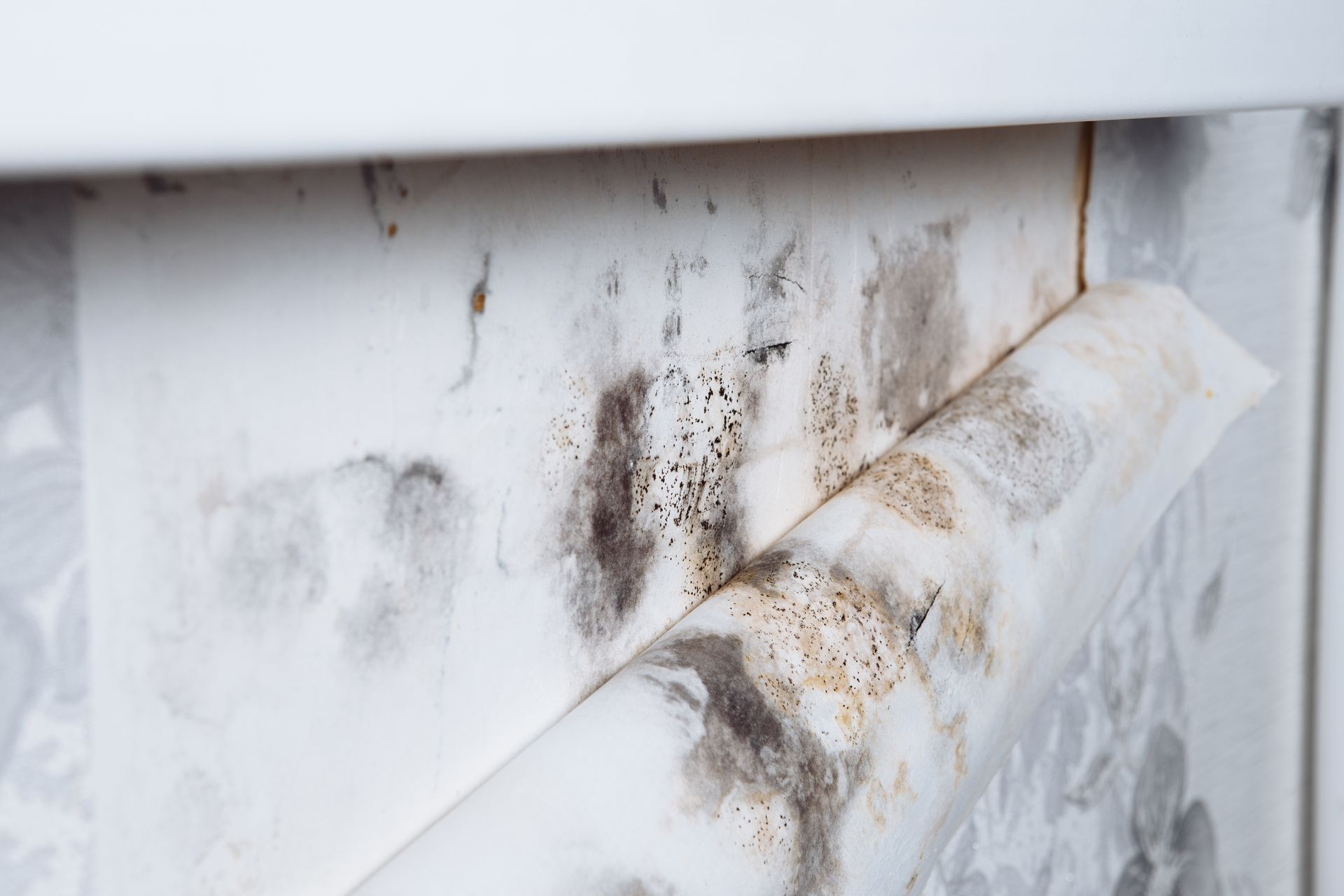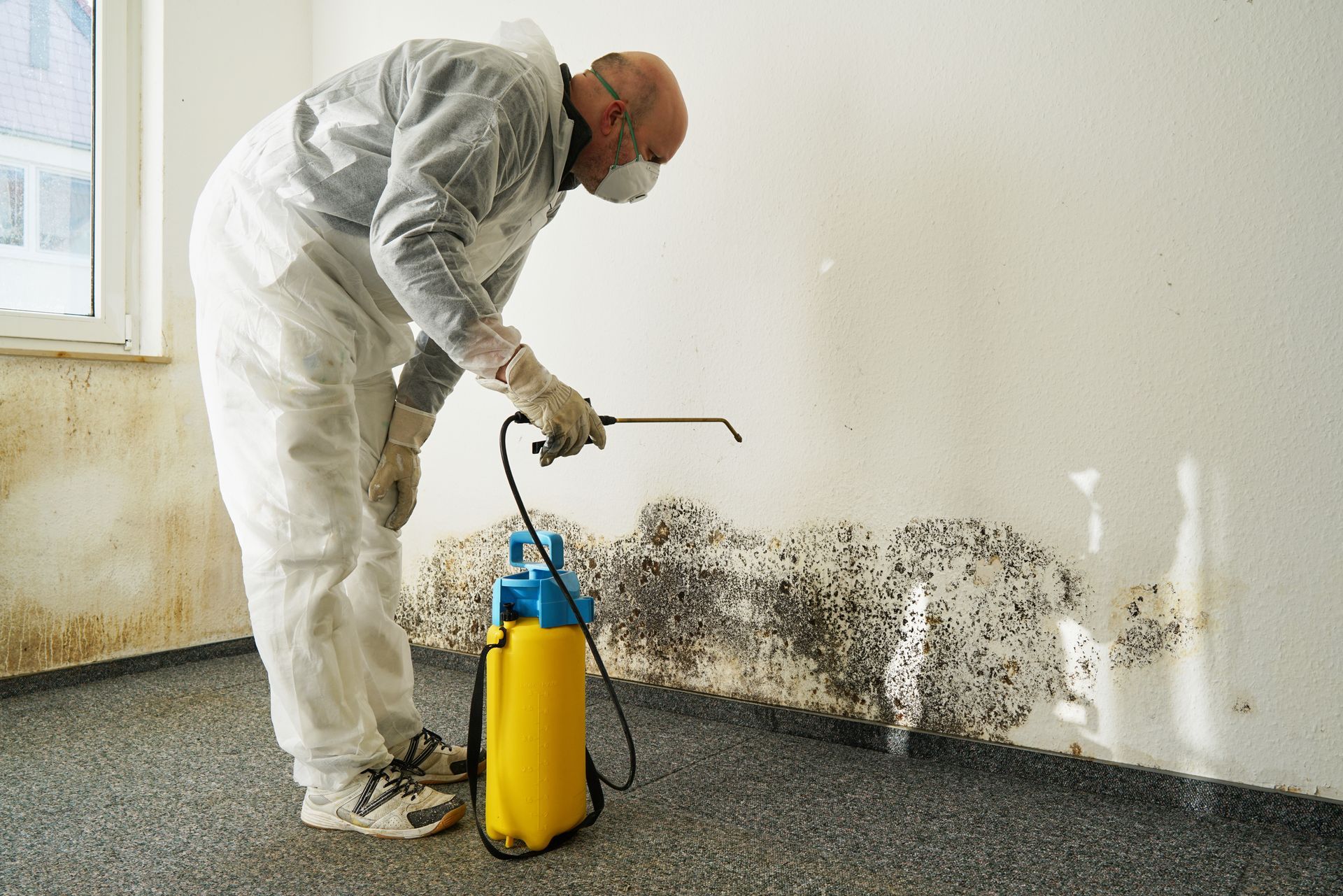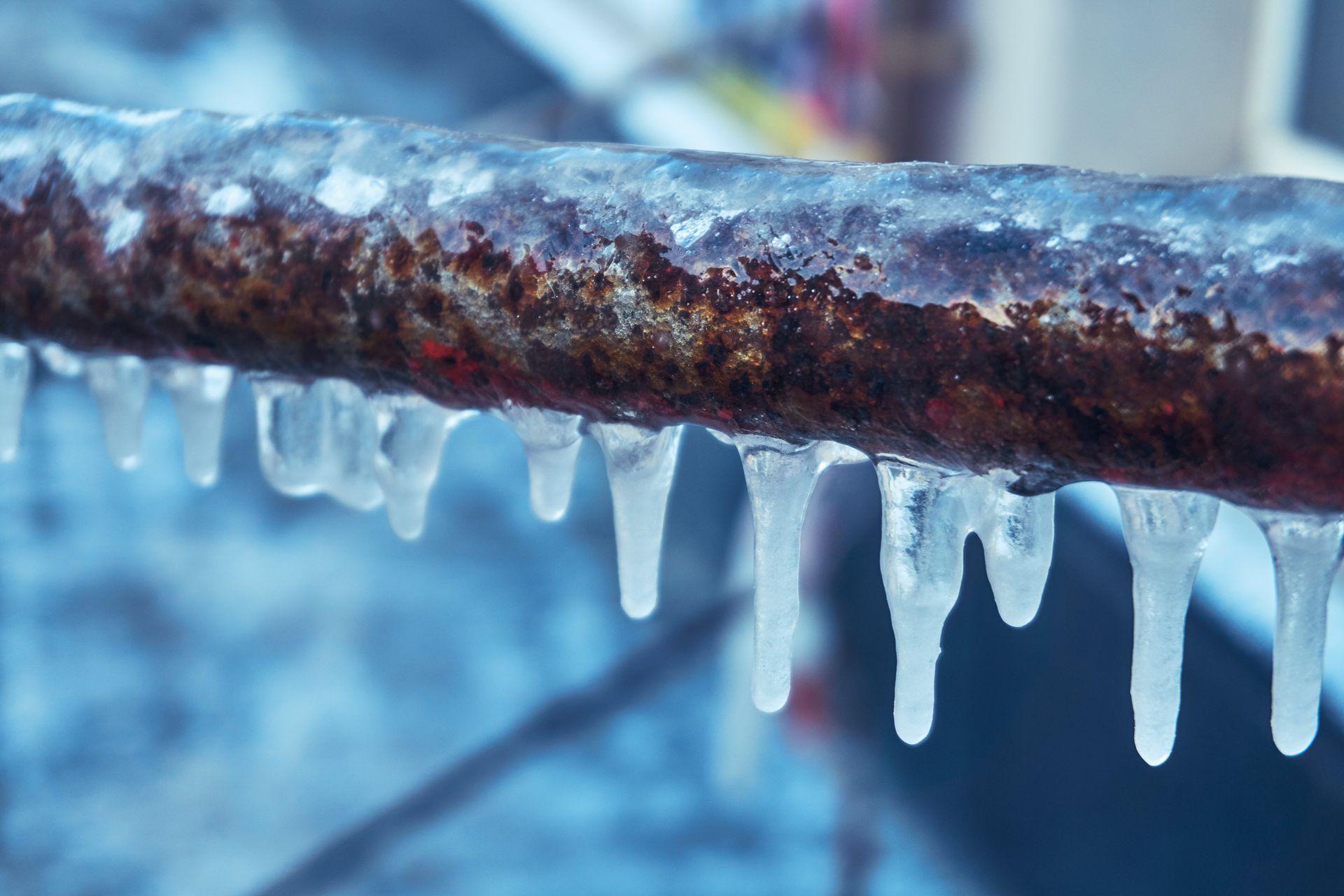Causes of Mold Growth and How to Prevent it
Mold is often an unfortunate part of home or business ownership. Given the right environment, mold can quickly spread and begin to negatively impact not only the structure, but the health of its inhabitants as well. The key to minimizing mold development and exposure is first understanding what leads to the growth of mold and how those situations can be prevented.
What Causes Mold to Develop?
Mold thrives in damp environments. In fact, mold spores cannot survive without the presence of moisture. For this reason, it is mostly found in areas prone to moisture or water exposure. This includes bathrooms, kitchens, around windows, and roofs.
While moisture is the key ingredient, mold still requires a particular set of circumstances in order to thrive. It must have oxygen to survive, reproduce, and spread to other areas. It also requires an environment that lacks sunlight, as UV rays destroy mold which is why mold is often located in corners, within walls, crawl spaces and other dark areas.
Finally, mold requires an optimal temperature range in order to grow. Temperatures between 72 and 81 degrees Fahrenheit are ideal for mold growth, along with humidity levels between 30 and 50 percent. Unfortunately, these ranges fall within the typical environment along the Gulf Coast.
How can Mold Growth be Prevented?
Preventing mold growth, particularly in the southern region of the country, can be difficult. Our average temperatures and humidity make our structures havens for mold, and it is all but impossible to deprive mold of oxygen or fully expose it to sunlight. Instead, the following steps can be taken to help keep mold far away from your home or business:
- Dry Wet Surfaces Quickly – Once it finds a good environment, mold can begin to take hold in as little as 24 hours, making it crucial to immediately address any leaks or standing water. In the case of flooding, it is best to consult experts who have the proper equipment and training to ensure the affected area is completely dry and free of mold spores.
- Use Insulation – Insulation in proper areas of a structure such as walls, ceilings, and attics can help protect against condensation.
- Ensure Proper Ventilation – Ventilation can help carry away mold spores that may otherwise settle in an area. As the bathroom is a common site of mold, it is recommended to run a fan while showering and open windows afterwards.
- Service HVAC Systems Regularly – Condensation, particularly in the summer months, can make HVAC systems perfect environments for mold. Regular maintenance of these systems can help prevent any scenario where mold could take hold.
- Check for Leaks – Leaks in a roof, under sinks, or anywhere else in the structure is a major problem that can lead to mold and extensive structural damage. Develop a habit of checking your roof and other possible sites of leaks at least a couple of times per year.
Mold Remediation Experts
If you see signs of mold in your home or business, it is important to address the situation quickly. Mold remediation experts like those at Guarantee Restoration can determine the extent of mold and ensure that it is fully eradicated. Contact us to learn more.






